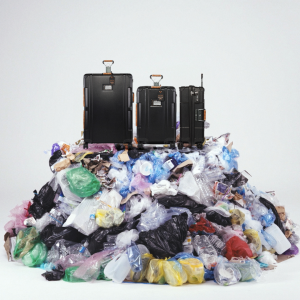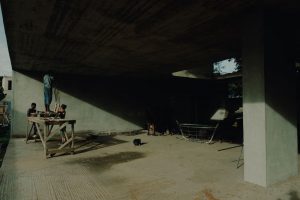Charles Etoroma examines On-running’s world-first shoe subscription
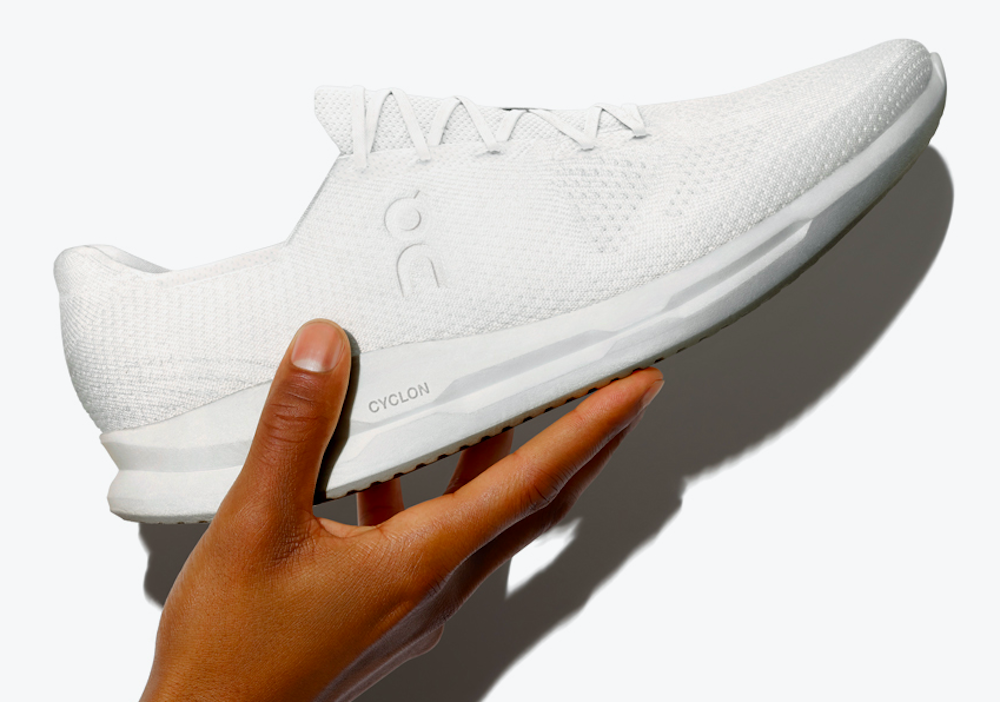
2020 highlighted numerous global problems, but one of the more prevalent issues remains – the lack of truly sustainable systems within large companies. The sneaker industry is a large participant in the unnecessary waste put out into the world. It is estimated that over 20 Billion pairs of shoes are produced annually and, in the US alone, according to the Department of the Interior, at least 300 Million pairs are thrown away. In addition to the shoes themselves, packaging waste accounts for an additional 78 Million tons of material.
On-running, the 10-year old company born in the Swiss Alps, has a plan to help solve the sustainability crisis with the launch of the world’s first ever subscription program for a 100% recyclable, high-performance, running shoe. The project, called Cyclon, states that it is a “running shoe that can never be owned,” because, after their course is run, they must be sent back to ensure that they are repurposed into a new pair that will be sent out again.
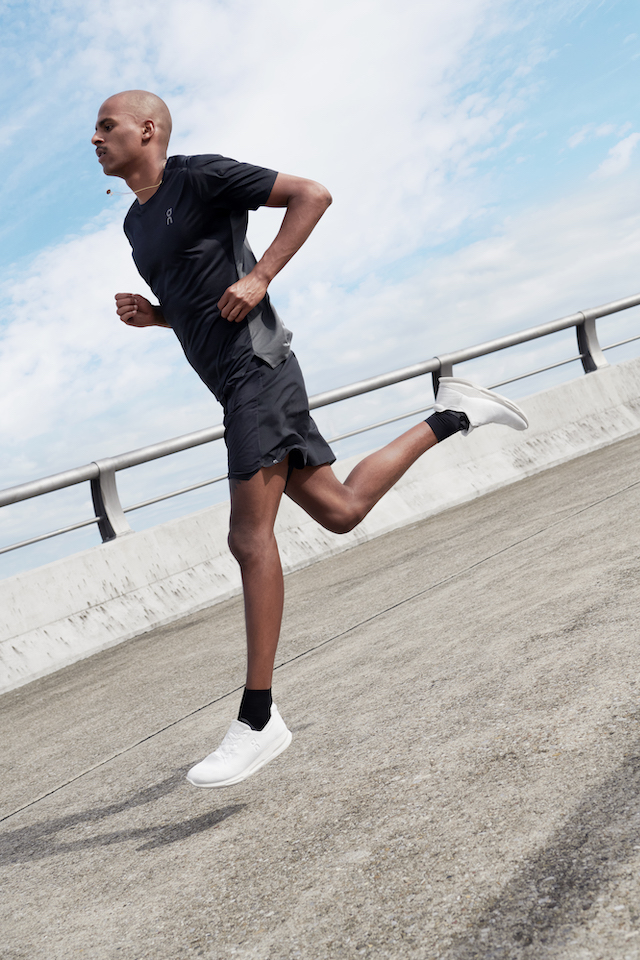
The repurposing of shoes is not a new concept in itself as several companies have continued to step up and create innovative solutions. Earlier this year, Nike dropped the highly anticipated “Space Hippie Trash Shoes,” which they claimed to have the lowest carbon footprint of any of the shoes in their archives. Nearly 90% of the upper is made from recycled material while the outsole is made from Nike foam and 15% recycled rubber waste.

Last year adidas unveiled their Futurecraft Loop project to create a more refined circular loop. In an interview with Fast Company, Tanyaradzwa Sahanga, materials engineer at adidas, stated the goal:, “When you wear out this product, you give it back to us. And we recycle it.” While the loop creates a more sustainable system, only 10% of the shoe goes on to help create the next generation of shoes, which means it isn’t a 1:1 interaction.
On-running hopes to take what adidas has done a step further and combine it with a sustainable program that further closes the loop. The company’s goal is total circularity, the act of taking a material and keeping it in the same cyclical system, thus creating limited or zero waste. Right now the product life cycle, especially the sneaker, is a broken system with a large amount of waste created during the product manufacturing stage and exacerbated at the end of its life when they are thrown out to sit in a landfill.
According to the On Co-Founder Caspar Coppetti, “Customers want to see efforts that illustrate real investments and heavy lifting from brands, but they also want the experience to be great.” That experience includes the simple, granular, things like materials sourced, used and how they are put together. Cyclon is created from only two biobased materials, Castor oil and Pebax.
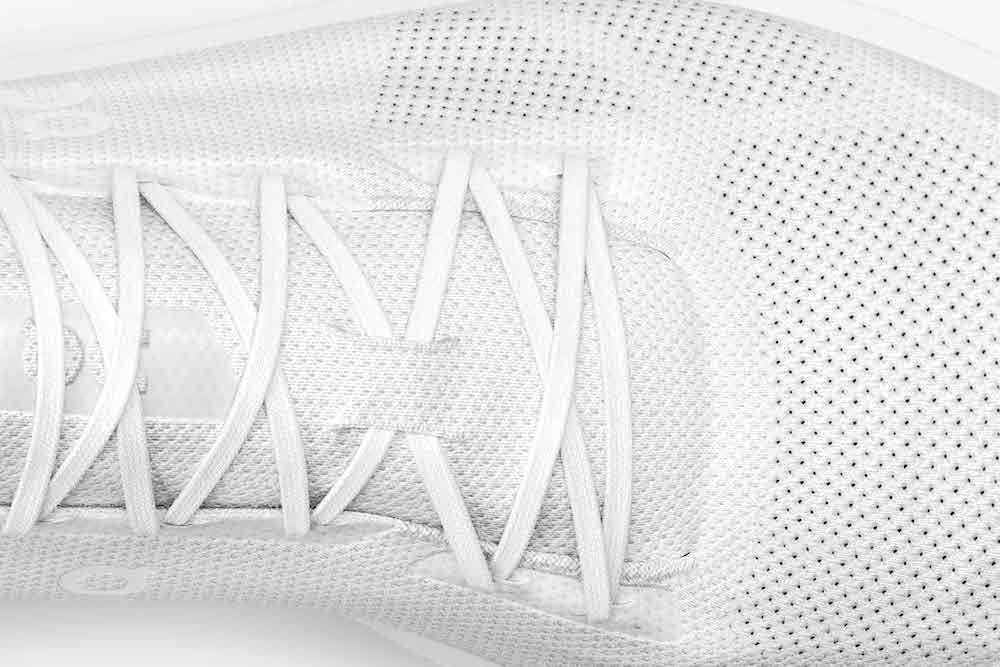
When asked why those two materials, Coppetti said, “We had to design a product that uses materials that can be recycled together, meaning no disassembly necessary. It’s important for us to choose raw materials that do not compete with the food chain and have a smaller environmental footprint. For us the castor bean is very interesting because it grows in very arid areas, is easy to grow and does not compete with the food chain. The bottom unit is made out of Pebax, also a very high-performing material.”
The single-unit upper is made from 100% Castor oil, resulting in a lightweight knit finish, similar to what you would see with Nike’s Flyknit and adidas’ Primeknit.
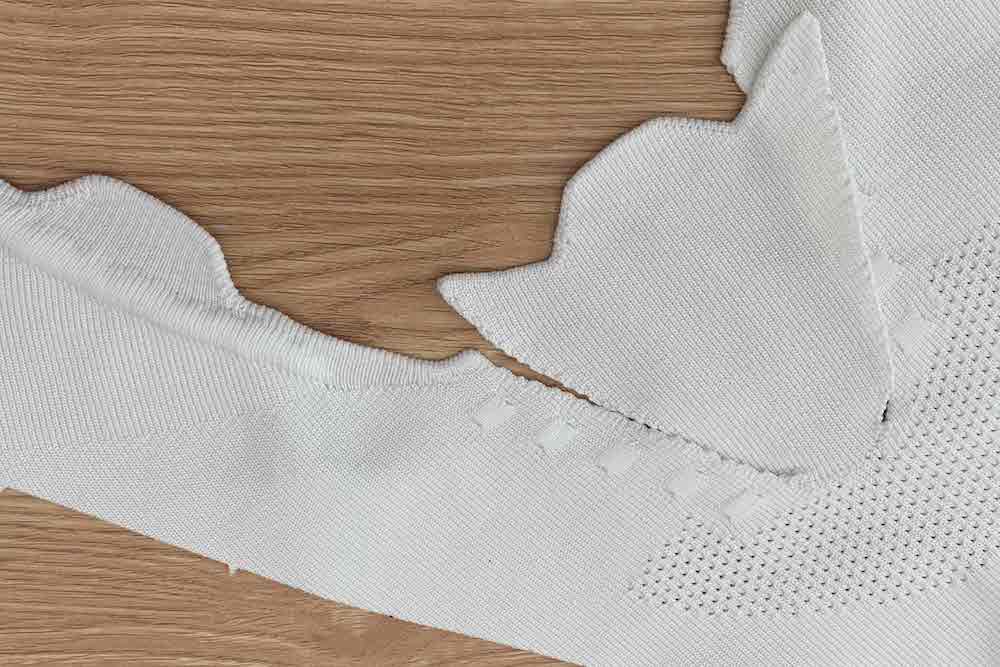
When it comes to running, the design team claims that despite the lightweight nature of the shoe it bolsters a 65% rebound rate – the rebound height garnered when a foot comes in contact with the ground – and is already more effective than some of their current models. Despite the COVID-19 pandemic the team is still on schedule to launch Cyclon later in 2021 with the subscription fee at $29.99.
The redefinition of what it means to buy into a system of sustainability will be the major challenge and Coppettie recognises that, but remains focused on ensuring the experience is the main focus of the purchase, not the shoe itself.
“In a broader sense, though, we wanted to leverage a proven model – subscription – to present a new solution to an age-old industry problem. You don’t have to reinvent the wheel, but you do have to adapt.”
